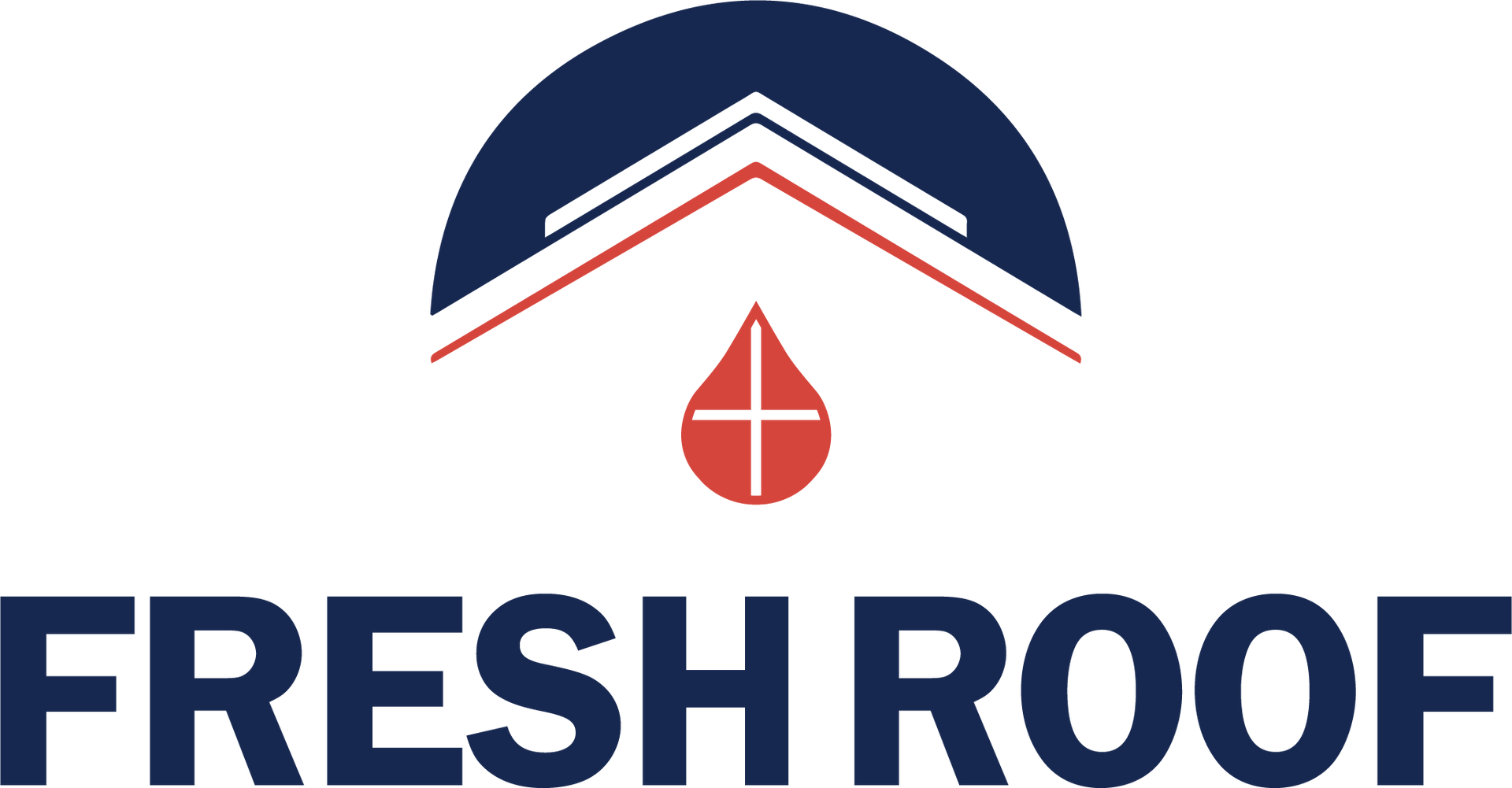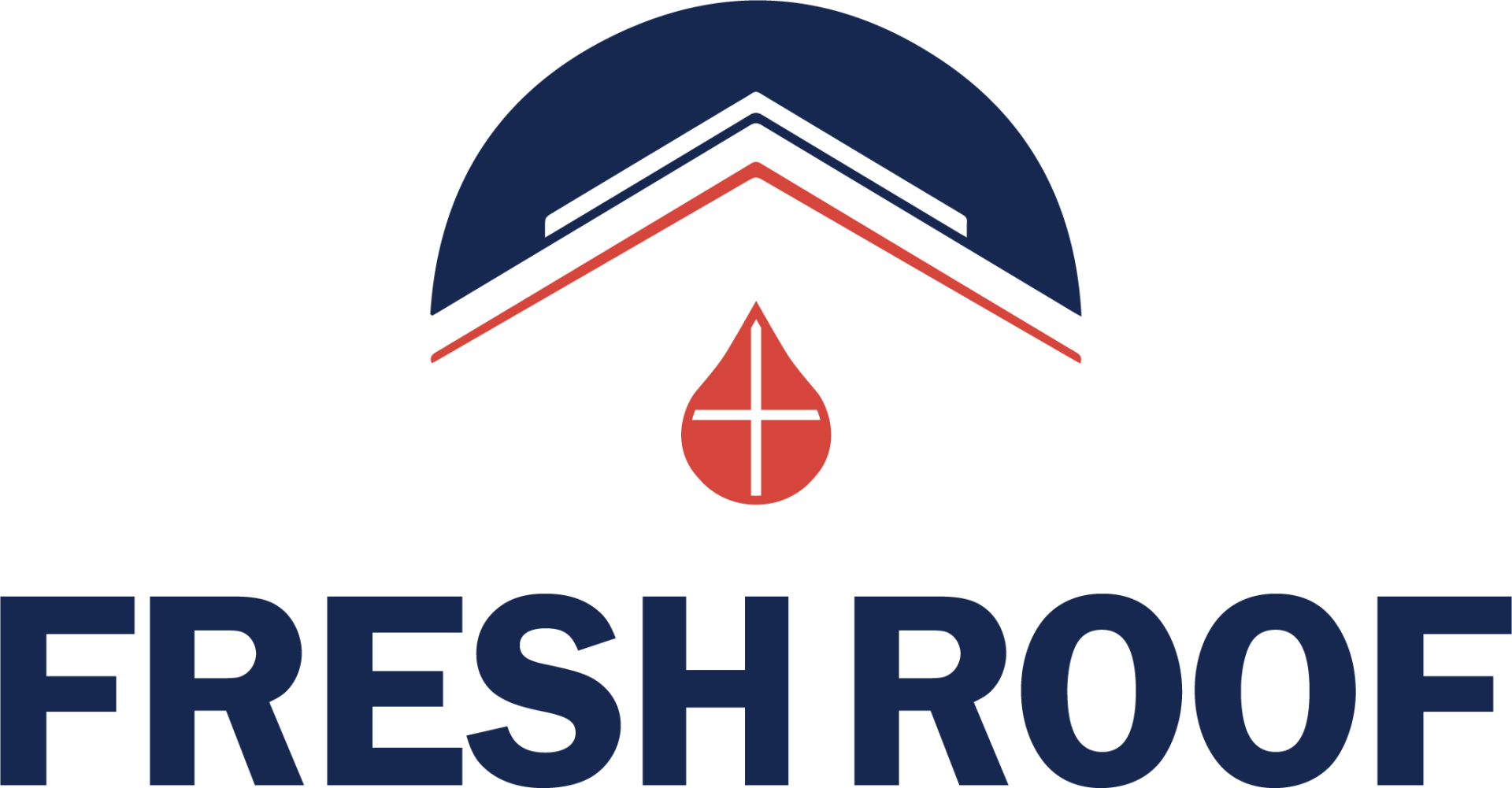Performance Testing Results
Testing Performed By:
PRI
A national and global leader in materials testing and performance
GRANULAR ADHESION
INTRODUCTION
Granular adhesion measures the strength of the bond between the asphalt mat and the protective surface granules, which shield the shingle from harmful UV radiation and weathering. Strong granular adhesion is critical for extending the life of the shingle because when granules wear off too quickly, it can lead to premature aging, increased leaks, and vulnerability to weather-related damage.
CONCLUSION
For Fresh Roof, the results of the granular adhesion test show impressive improvements in the retention of granules compared to untreated shingles of the same age. The following performance enhancements have been observed:
25% - Better Adhesion for New Shingles
40% - Better Adhesion for Shingles Aged 15 Years
50% - Better Adhesion for Shingles Aged 30 Years or Nearing Their End of Life
These results highlight Fresh Roof’s superior ability to retain granules over time, compared to a controlled untreated shingle, leading to prolonged durability and better overall protection. This improvement in granular adhesion means less wear, reduced risk of damage, and a longer-lasting roof with fewer maintenance concerns.
TEAR
STRENGTH
INTRODUCTION
Tear strength measures the resistance of a shingle to tearing when subjected to force. This test is vital because shingles are regularly exposed to high winds, heavy rains, and hailstorms, all of which can place significant stress on the roofing materials. If the tear strength is inadequate, shingles may rip easily, leading to extensive roof damage. Strong tear resistance is also crucial during installation, ensuring the shingles do not tear when handled or nailed in place.
CONCLUSION
For Fresh Roof, the tear strength test results demonstrate a 16% increase in tear resistance compared to a controlled shingle of the same age that did not receive treatment. This improvement ensures that Fresh Roof-treated shingles are better equipped to handle both installation pressures and extreme weather conditions like wind and hail, providing enhanced durability and reducing the likelihood of tears that could lead to water infiltration and costly repairs.
PLIABILITY
INTRODUCTION
Pliability refers to a shingle’s ability to bend and flex without cracking or breaking, which is crucial for maintaining the integrity of asphalt shingles, particularly in colder climates where materials tend to become brittle. Retaining flexibility ensures that shingles can be installed in a range of temperatures and conditions, and that they endure natural expansion and contraction without developing cracks, which could lead to leaks and long-term damage.
CONCLUSION
During testing, the control shingle had a pliability rating of -3, whereas the Fresh Roof-treated shingle achieved a rating of -6, representing a 100% improvement in pliability. This significant enhancement ensures that Fresh Roof-treated shingles remain more flexible and durable over time, especially in colder environments, reducing the risk of cracking and increasing the overall lifespan of the roof.
PCB
LEACHATES
INTRODUCTION
Polychlorinated biphenyls (PCB) leachate testing is conducted to assess whether harmful chemicals, such as PCBs, are released from shingles when exposed to water, such as rain or runoff. PCBs are toxic chemicals that can have serious environmental and health impacts, including contamination of groundwater and ecosystems, as well as potential long-term health risks to humans and wildlife.
CONCLUSION
For Fresh Roof, the test results for PCB leachates were reported as BDL, which stands for Below Detection Limits. This means that the levels of PCBs leaching from Fresh Roof shingles were so low that they could not be detected by the testing instruments, indicating no significant presence of these harmful chemicals.
A BDL result is excellent because it demonstrates that Fresh Roof shingles pose minimal risk to the environment and human health. By not contributing detectable amounts of PCBs to water sources, Fresh Roof helps to ensure cleaner rainwater runoff and a lower environmental footprint, making it a safer and more sustainable roofing option.
VOLATILES %
INTRODUCTION
The Environmental Protection Agency (EPA) Volatiles test measures the percentage of volatile organic compounds (VOCs) emitted by shingles. VOCs are chemicals that can easily evaporate into the air and may contribute to indoor air pollution, as well as environmental degradation. A low EPA volatiles percentage indicates that the product is safer for indoor air quality and less harmful to the environment, as it releases fewer harmful emissions over time. This is especially important for eco-conscious builders and homeowners seeking sustainable, environmentally friendly roofing options.
CONCLUSION
For Fresh Roof, the EPA volatiles test showed a VOC emission of 0.02%, which is an extremely low and desirable result. This minimal VOC emission ensures that Fresh Roof-treated shingles are not only safer for the environment but also contribute to better air quality, both during installation and throughout the life of the roof.
In comparison, products that use bio soybean oil as a key component typically have a much higher VOC percentage. While bio-based products may seem environmentally friendly, they can sometimes emit more VOCs due to the volatile nature of plant-based oils. This higher VOC content can lead to greater environmental impact and potential concerns over air quality, especially in regions where regulations on emissions are stringent.
The 0.02% VOC result from Fresh Roof demonstrates that it is a superior option for those prioritizing low emissions and environmental safety, while still delivering performance and durability.
STIFFNESS &
FLEXIBILITY
INTRODUCTION
The stiffness test is typically conducted alongside the flexibility test to provide a comprehensive evaluation of a shingle’s ability to perform under various conditions. The stiffness test measures how resistant the shingle material is to bending forces, ensuring the shingles maintain their shape and withstand environmental stress. In contrast, the flexibility test assesses the material's ability to bend without breaking or cracking, particularly in colder temperatures when shingles are more prone to brittleness.
These two tests complement each other, as they offer a complete understanding of the shingle’s performance across different climates, weather conditions, and installation scenarios. Maintaining a balance between stiffness and flexibility is critical for ensuring the shingles can:
Resist deformation in warmer conditions or during high winds, preserving their shape and protective capabilities.
Avoid cracking in colder temperatures, where shingles often become brittle and more vulnerable to damage.
Facilitate easier installation, since shingles that are too stiff may be difficult to handle, and overly flexible shingles may not stay securely in place.
CONCLUSION
Fresh Roof, utilizing its GreenSoy technology, enhances both the flexibility and stiffness of aged shingles, providing superior protection and longevity. Fresh Roof improves the flexibility of aged shingles by 50%, ensuring that the shingles maintain their ability to bend without breaking, even as they age. This is particularly beneficial in colder climates where flexibility is key to preventing cracks.
At the same time, Fresh Roof increases stiffness by 85% in aged shingles, which is crucial for resisting warping and deformation in extreme weather conditions, such as strong winds and heavy rains.
Unlike other products that may improve flexibility but reduce stiffness, Fresh Roof ensures both properties are enhanced, offering the best possible protection for your roof. This balance allows Fresh Roof-treated shingles to remain durable, flexible, and structurally sound, ensuring long-term performance and reducing the need for frequent repairs.
50% - Improved Flexibility
85% - Increased Stiffness
COLOR
CHANGE
INTRODUCTION
The color change test evaluates how well a shingle resists fading or discoloration when exposed to sunlight and environmental factors. Maintaining consistent color over time not only enhances the aesthetic appeal of a roof but also indicates the shingle's overall durability. Significant fading may signal material degradation, while consistent color retention reflects the effectiveness of the protective granules, especially in shielding the roof from UV radiation.
CONCLUTION
Fresh Roof has demonstrated exceptional results in this area. After applying Fresh Roof, shingles regain 20% more of their original color compared to other products on the market. In addition, the treated shingles maintain their color for 50% longer, ensuring a more vibrant and longer-lasting appearance. This extended color retention not only improves the look of the roof but also suggests superior UV protection, contributing to the overall longevity and durability of the shingles.
20% - Regain 20% More of Original Color
50% - Maintain Their Color for 50% Longer
FLAME
RESISTANCE
INTRODUCTION
The spread of flame test measures how quickly fire can travel across the surface of a shingle. Flame resistance is crucial for roof safety, as limiting the spread of fire can prevent a small fire from rapidly consuming a structure. Asphalt shingles that exhibit high flame resistance provide better protection for homes and buildings, potentially saving lives and reducing property damage.
CONCLUSION
One of the biggest concerns with any roof application is the acceleration of fire spread. In testing, an untreated shingle allowed fire to spread 44 inches, while a shingle treated with Fresh Roof limited the spread to just 14 inches—a 68% improvement in fire resistance. This significant reduction in the spread of flame demonstrates that Fresh Roof enhances the safety of the roof, offering critical protection in the event of a fire and reducing the risk of extensive fire damage.
68% - Improvement in Fire Resistance
HAIL IMPACT
RESISTANCE
INTRODUCTION
The hail impact resistance test evaluates a shingle’s ability to withstand impact from hailstones without cracking, puncturing, or losing granules. Shingles with high hail impact resistance are especially valuable in regions prone to severe storms, as they help reduce the risk of roof damage and minimize the need for costly repairs after hail events.
CONCLUSION
During testing on 10-year-old shingles, the untreated shingles showed visible damage and granule loss at the points of impact, leading to failure of the test. However, shingles treated with Fresh Roof displayed remarkable durability. There was no granule loss where the hailstones struck, and no damage was observed on the treated shingles. As a result, the Fresh Roof- treated shingles passed the hail impact test, demonstrating that Fresh Roof can significantly improve the resilience of older shingles, helping them withstand severe weather conditions.
0% - Granule Loss on Treated Shingles


